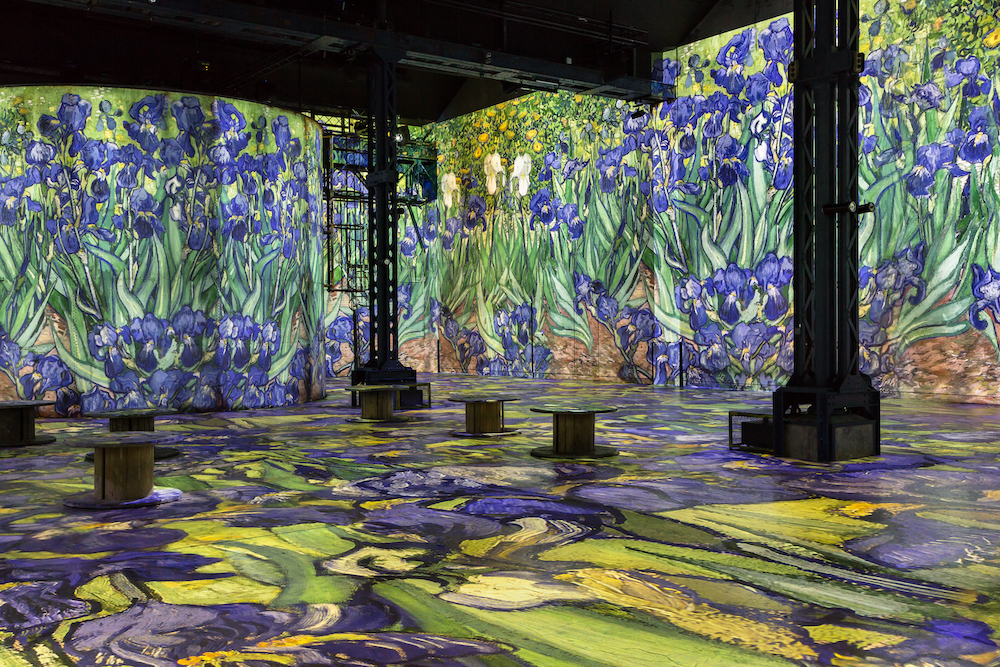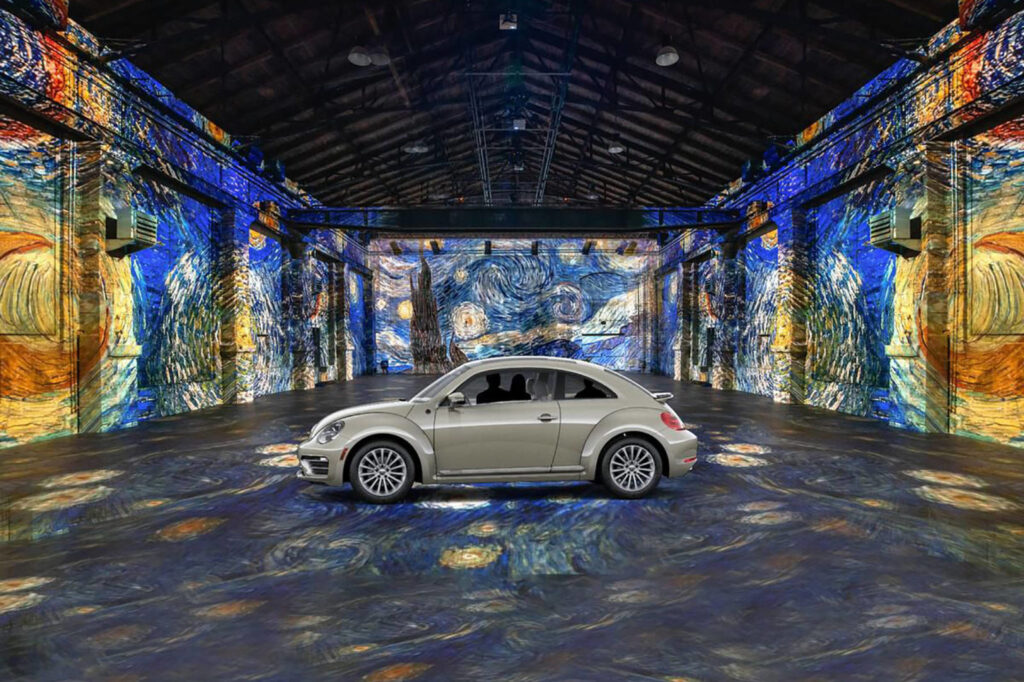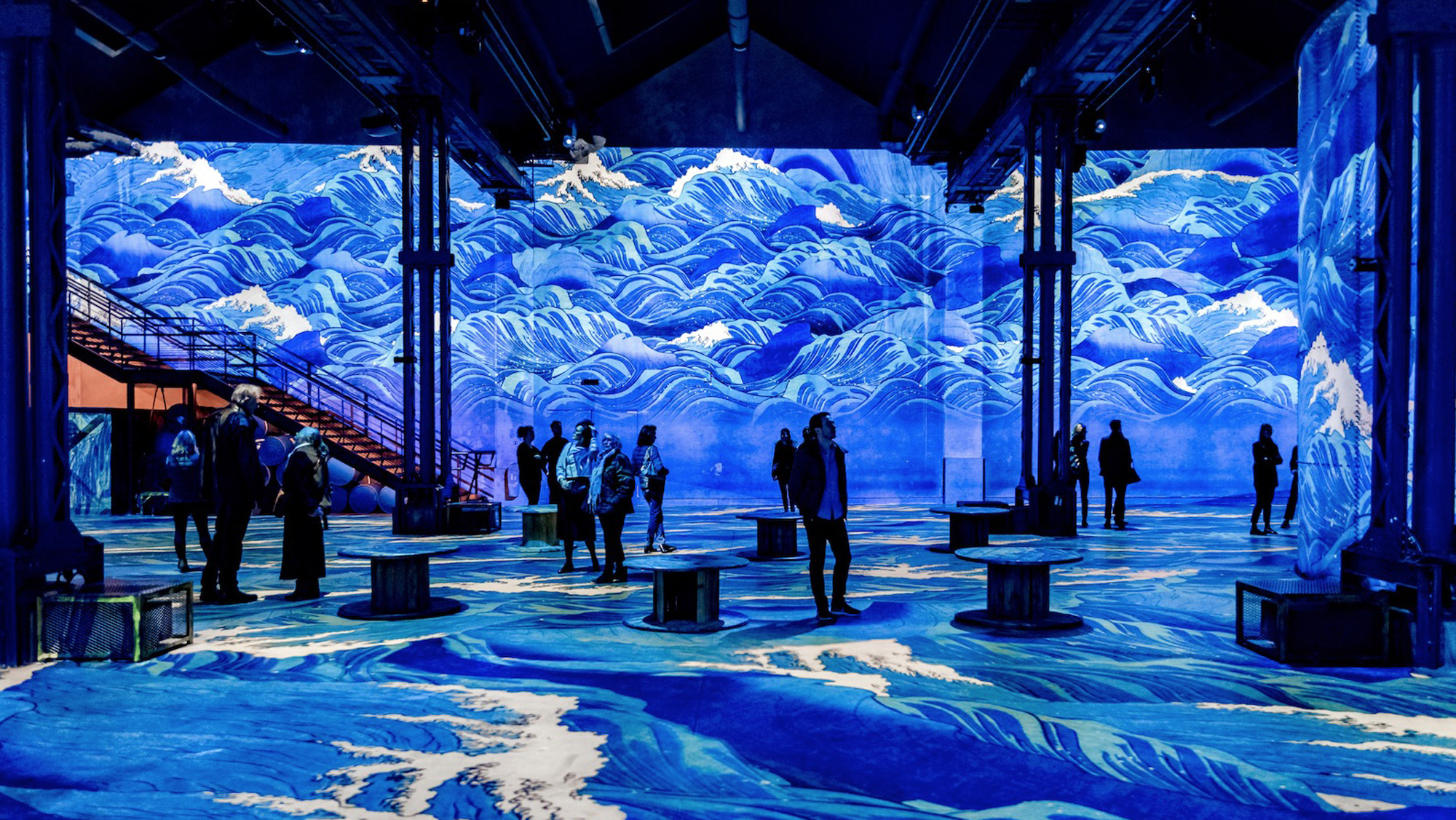This article originally appeared on Blooloop.
Prior to COVID-19, the experiential entertainment business was booming. While many attractions in this sector have been temporarily put on pause, the trend for immersive experiences is a strong one and is likely to make a good recovery, albeit with some slight changes, as we adjust to the “new normal.”
Modern visitors are more likely to spend their hard-earned money on experiences rather than products. For instance, they want to enjoy memorable days out, visits and experiences that they can share with friends, filling their social media accounts with fun images and videos.
Joe Pine, the co-author of The Experience Economy, talked about the trend at last year’s BlooloopLIVE event in London, speaking about the fact that attractions are competing with each other to capture their audience’s time, attention and money. As Pine says, the most valuable of these is time. In a modern society where time is a precious resource, a truly good experience is time well-spent.
The fact that immersive experiences create memories, that they can be enjoyed together and shared, is a big part of their appeal. Plus, they offer a chance to become, at least temporarily, part of a different world. To enjoy time away from everyday life. This can mean becoming immersed in famous artworks, in a captivating adventure, or in the world of a favorite IP.
The world is beginning to adjust to the impact of the COVID-19 pandemic. As a result, this escapism could prove more popular than ever.
War of the Worlds: The Immersive Experience
One recent attraction that has been wowing audiences is Jeff Wayne’s The War Of The Worlds: The Immersive Experience. This award-winning attraction features “layered reality” as well as music from the classic musical. It is far from passive, as guests must walk, crawl and slide in order to escape the Martian invasion. A range of techniques, from high to low tech, immerses them in this strange new world.
From the minute they enter the experience, a new world is created and brought to life, with sets that guests can walk around, encounter live actors and even witness pyrotechnics. Cutting-edge virtual reality (VR), augmented reality (AR) technologies and holograms further enhance the atmosphere.
Andrew McGuinness is CEO of Ellipsis Entertainment, the company which produced Jeff Wayne’s The War of the Worlds: The Immersive Experience. On the experience’s success, he said: “People seem to love the fact that The War of the Worlds experience is a very different sort of storytelling. It is something that genuinely allows them to escape from the world for two hours.”

The digital exhibition, “Van Gogh, Starry Night,” at the Atelier des Lumières. Image: Blooloop
Atelier des Lumières
For a less adventurous but no less immersive experience, audiences have also been enjoying Atelier des Lumières in Paris, France. Here, famous artworks are brought to life, jumping from the canvas to the digital world.
Atelier des Lumières (Studio of Lights) is in a former foundry in the 11th arrondissement of Paris. It opened to the public in April 2018 and has since welcomed over 2.5 million visitors.
In addition to this, creator Culturespaces has now opened a second venue in Bordeaux, France. Bassins de Lumières opened in June 2020 and set in a former WWII submarine base. It has already welcomed more than 300,000 visitors. These guests have witnessed an immersive exhibition of the works of Gustav Klimt and Paul Klee.
This immersive art venue projects work from much-loved artists such as Leonardo da Vinci, Egon Schiele and Gustav Klimt. These are projected in such a way as to surround visitors and are accompanied by a soundtrack, which is specially designed to make the experience more reflective and immersive.
At Atelier des Lumières, this digital artwork wraps around all four walls of the 3,300 square-meter space. It is also projected onto the floor and the structures within the room.
To create the exhibitions, Culturespaces worked with Cadmos, which commissioned a projection solution from Barco. 144 Barco projectors are used in the Paris venue, together with 50 speakers. Meanwhile, in Bordeaux, 72 Barco projectors work together to cover a space of 14,000 square meters.
Culturespaces
Atelier des Lumières and Bassines de Lumières are the brainchild of French artainment venture Culturespaces, founded by Bruno Monnier.
According to Augustin de Cointet de Fillain, Culturespaces’ Director of Art, Music and Immersive Experience, people tend to take their time when visiting the immersive art space. Some sit, some walk around, or even lie on the floor to take it all in. “Some, they are dreaming,” says de Cointet de Fillain.
Speaking to blooloop last year, he described the Atelier des Lumières as a sensory experience, rather than intellectual. He believes this is part of its success. “Afterwards, if people want to continue the experience, they can have an intellectual experience,” he says.
“The art world is still very confined and only a small part of the world population is interested in visiting museums,” says Monnier. “Our mission is to make art more accessible to a wider and younger public. With the creation of our unique inclusive digital experiences, based on video, music and interactivity, we want to invite visitors of all backgrounds for a fascinating immersive journey into the artistic universe.”

Launched earlier this year in Toronto, “Gogh by Car”is the world’s first immersive drive-in art experience. Image: Blooloop
The future of immersive experiences in a post-pandemic world
At first glance, it might seem that immersive experiences such as these aren’t particularly suitable for our post-pandemic, socially distanced reality. But operators all over the world are already stepping up to the challenge in order to bring the fun to audiences, at a time when they perhaps need it most.
For instance, both Atelier des Lumières and Bassines de Lumières are open to the public, with extra health and safety procedures in place. And we have seen some interesting innovations across the industry, with drive-in experiences such as Gogh by Car, the world’s first immersive drive-in art experience in Toronto.
Clem Garritty, Co-Founder of Swamp Motel, a creative agency and production house in the immersive sector hosted a webinar earlier this year, looking at the future of immersive experiences after COVID-19. During this session, the expert panel felt that, despite the obvious challenges, immersive experiences will evolve and adapt. And that ultimately, they will find ways to survive in the new normal after COVID-19.
“The ingenuity on how to recover from this will be really interesting. Watching the National Theatre Live stream is a great example, there is a reason it exists and people love it. It will survive but change,” said Brian Hook, Creative Director, The Great Gatsby Immersive Experience, during the session.
“I’ve spent the last 14 years working in crisis management (theatre),” he added. “There aren’t better suited or more prepared people for this crisis.”



